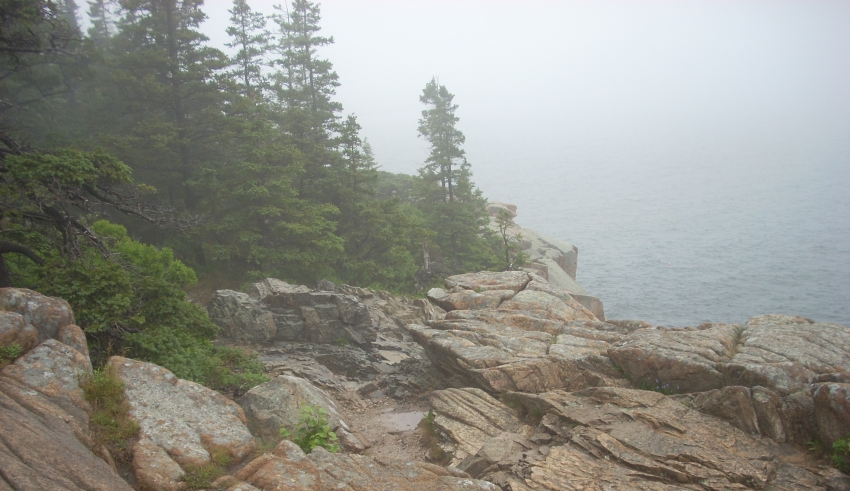
There is a second way in which we pay it forward, through a “regression” in the nature of work we do. Many of our Sage leaders have been in executive positions in corporations or government agencies. They are grateful for the status, influence and economic security afforded by their former position. In gratitude, they now wish to do something of a humbler nature. Emulating Greenleaf’s notion of “servant leader,” (Greenleaf, 1970) they want to adopt rescue dogs rather than rescue a failing division of their corporation. They would rather clean-up the banks of a river than try to pass legislation that prevents the building of a dam on the river. They want to act in a small but tangible manner, accessing one of the other motives we have identified. As Pete Seeger noted in his work in preserving the Hudson River, it is often smart to “think globally, but act locally.” We pay back by paying forward in an immediate and specific manner. We care deeply by caring intensively and in a sustained manner for something that stands next to us. To borrow from a phrase used by ego psychologists, we “regress in the service of a specific cause.”
Outliving Ourselves
Obviously, the primarily way many of us “outlive” ourselves is by having children; they carry our genes and hopefully our values and aspirations. At the heart of Generativity One is a belief that our children (or projects) will outlive us and will enable us to envision a world that endures after our own death or retirement from a project. One of the reasons the death of a child is so profound is that it shatters our belief that our self will be sustained though our children. “We bury our spouses in the ground, but bury our children in our heart,” noted a Korean parent who had lost his child and was interviewed by one of our doctoral students many years ago. It is in our heart that the belief in some form of immortality, or life of self beyond death, resides.
This extension in space beyond our own death is a very important concept because it leads us beyond the secular world of human development to the world of spirit and soul. It leads us to this desire for some form of immortality—as noted by John Kotre in Outliving our Selves (Kotre,1984). We will have more to say about this desire for immortality at several point in this series of essays. At this point, we propose that we look for multiple ways to leave a legacy when faced with this compelling wish to outlive ourselves.
We often seeking to leave a legacy through the work we have done in an organization or in our community. These are examples of Generativity Two and Four. We can also outlive ourselves by having a building named after us or doing such important work in our community that a plaque is erected in our honor. Most of us have neither the money to donate a building nor sufficient visibility to earn a plaque in the park. But we do have the capacity to work toward the preservation of a tradition or event of which we have been a part. We may be a veteran of the Korean War and participate in each year’s Memorial Day parade, wearing a cap that brightly displays the insignia of our unit. We may attend our college alumni reunion and find it is a wonderful place to celebrate our accomplishments as young men and women. We honor ourselves as participants in these generative events.
Download Article 1K Club


















